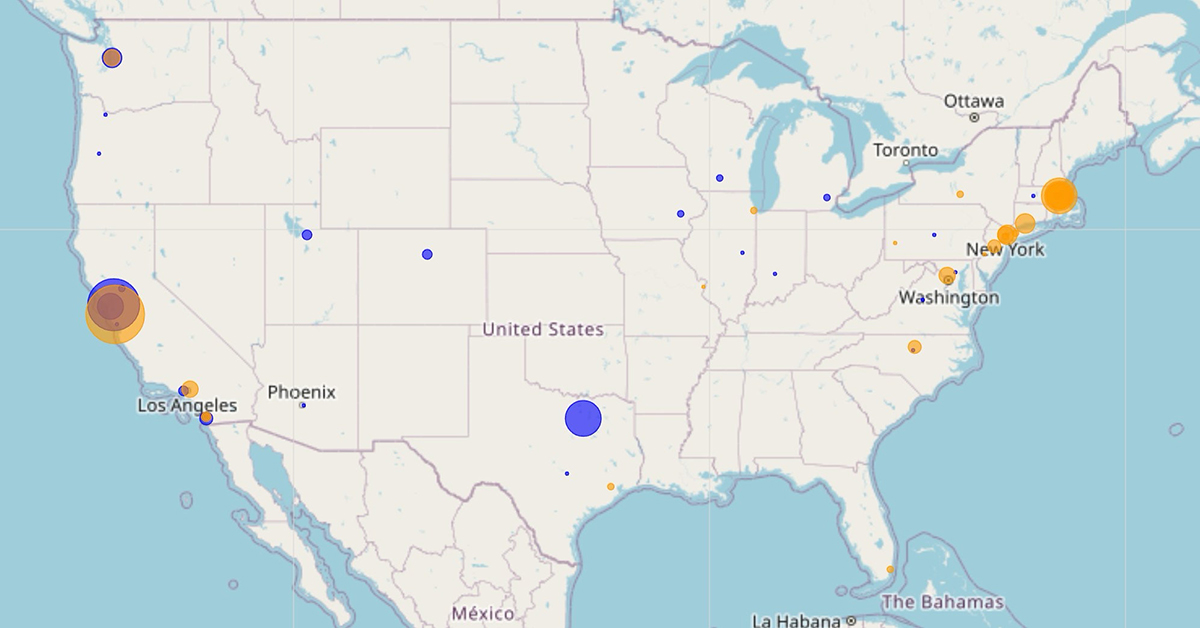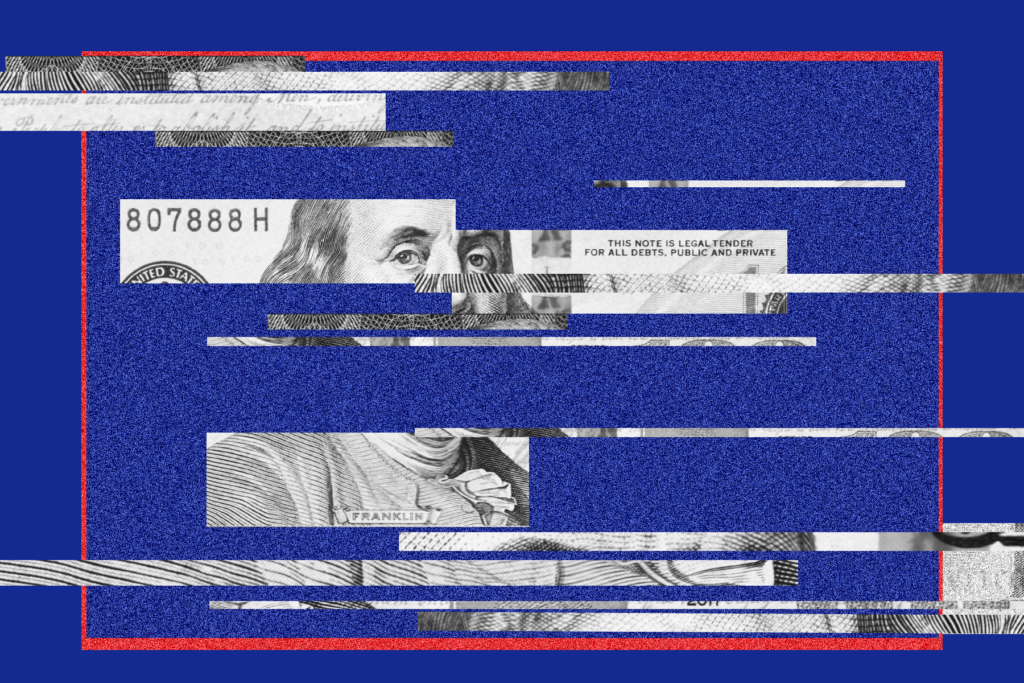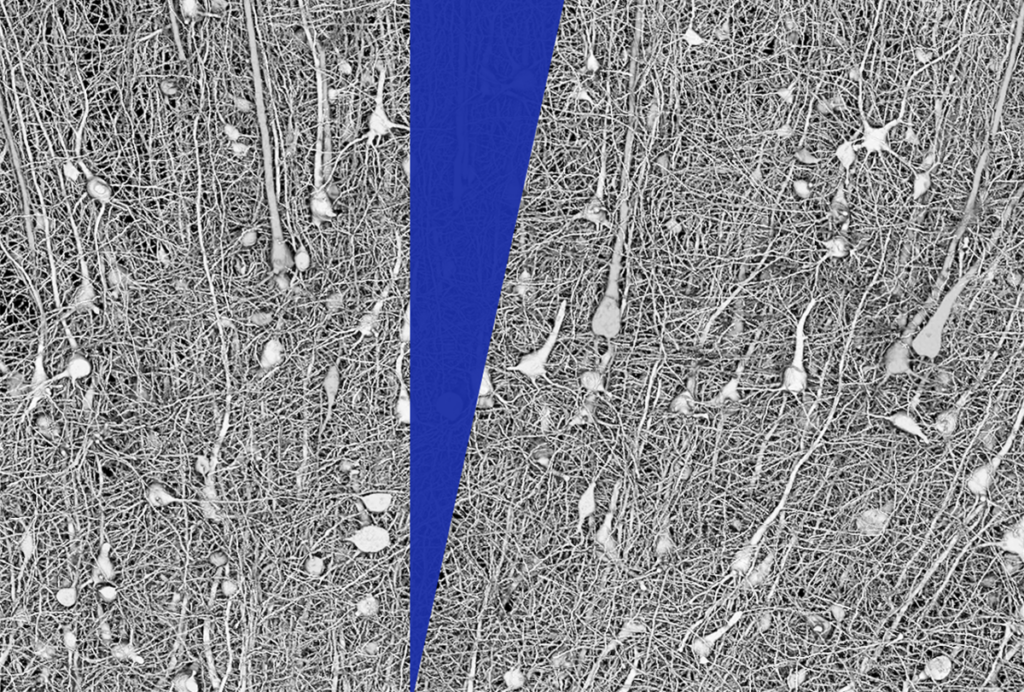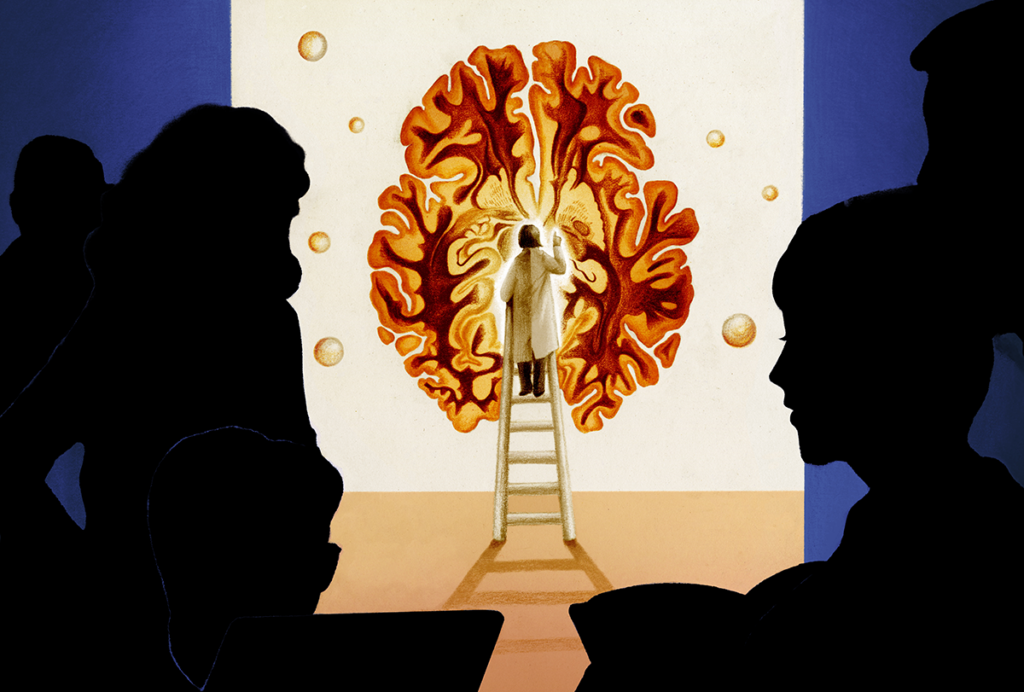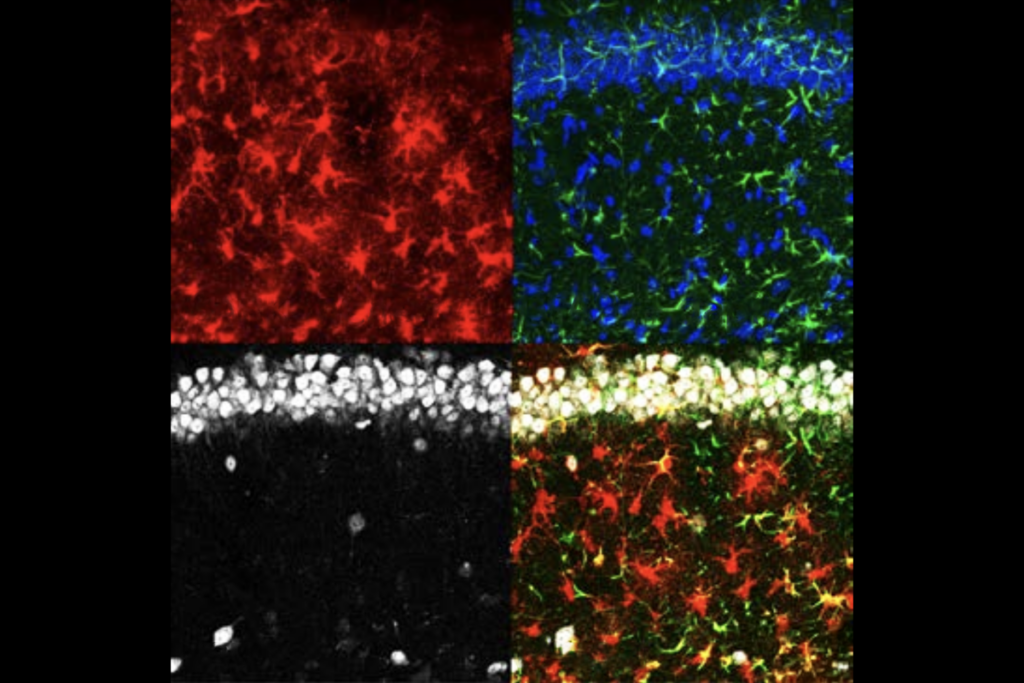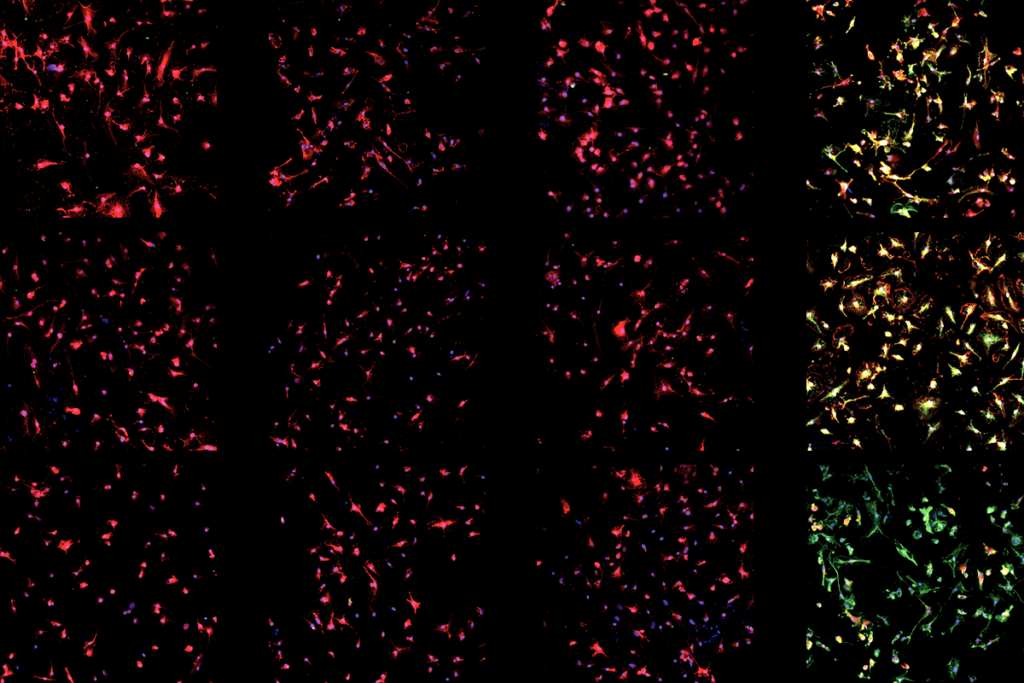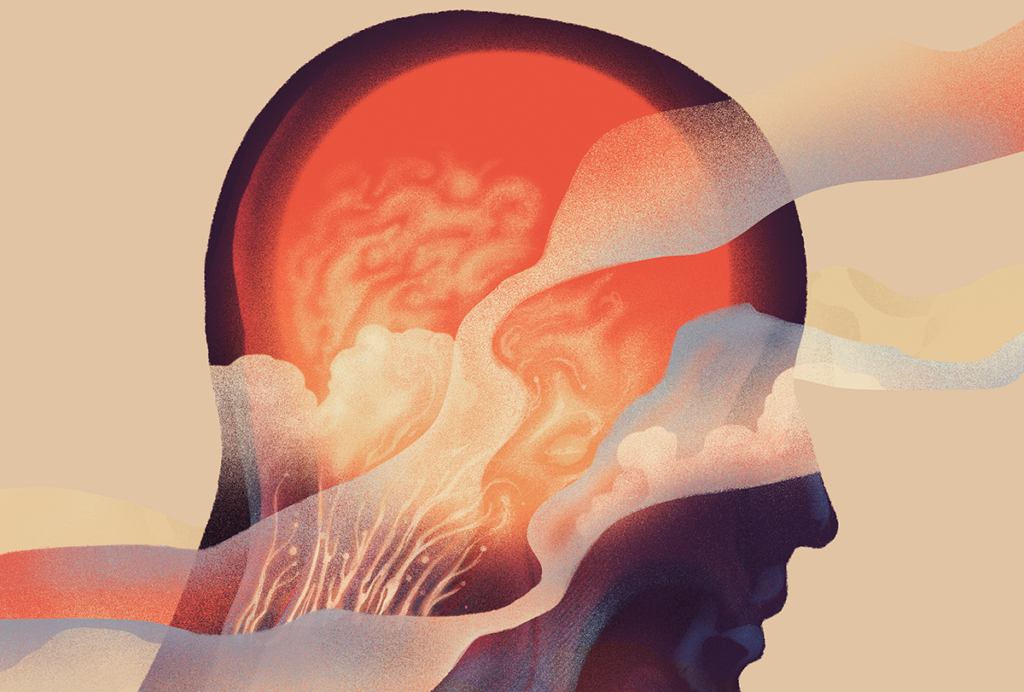Jonikas told The Transmitter via email that he heard this news from neuroscientist Leslie Vosshall, HHMI’s vice president and chief scientific officer, on Wednesday at an HHMI town hall meeting. Harvard University neuroscientist and HHMI investigator Catherine Dulac, who was also at the meeting, confirmed the development with The Transmitter.
There will be a “new focus launching for the HHMI Investigator general competition slated for fall/winter 2025,” according to an HHMI spokesperson when asked for comment about the social media posts. The spokesperson declined to share additional information by the time of this article’s publication but said that they will formally share details about the plan in January 2025.
In an email to The Transmitter, University of California, San Diego neuroscientist Cory Miller, who is not an HHMI investigator, questioned whether the policy shift would change anything. “Only time will tell, but I’m doubtful because it will do nothing to address one of the most fundamental problems with HHMI; one that is well publicized. Namely that the vast majority of researchers to get HHMI were trained in a lab whose PI was HHMI.”
The HHMI Investigator Program provides each investigator with about $11 million over seven years, which is renewable based on scientific review. The competition opens every three years to scientists at select institutions in the United States. The most recent group of new investigators was announced in July.
Based on information from the HHMI’s website, The Transmitter tallied 39 institutions that currently have at least two HHMI investigators; 20 have only one investigator. Stanford University has 22—the largest contingent of current HHMI investigators, followed by the University of California, Berkeley with 21. Another seven institutions have double-digit HHMI investigators.

